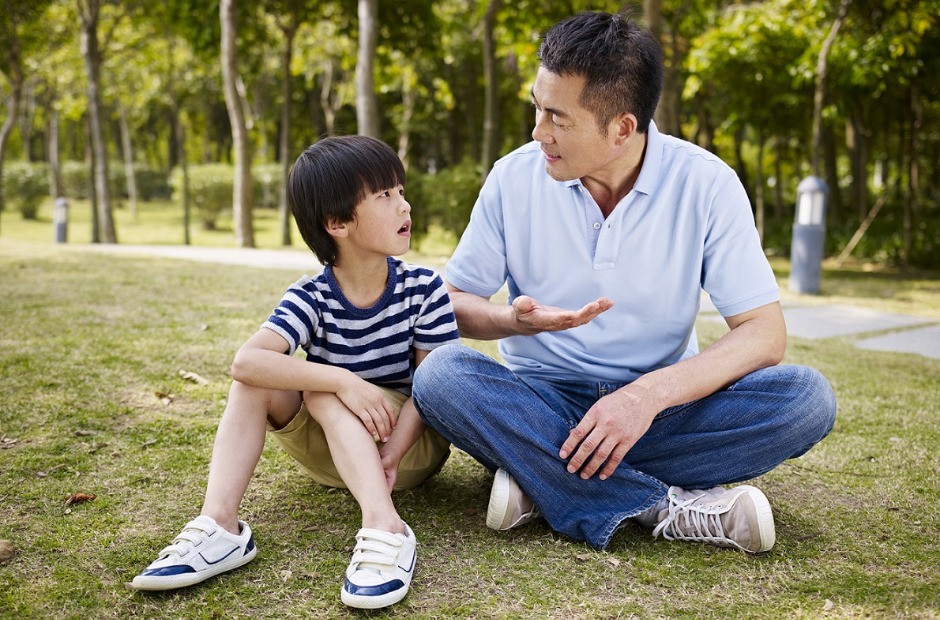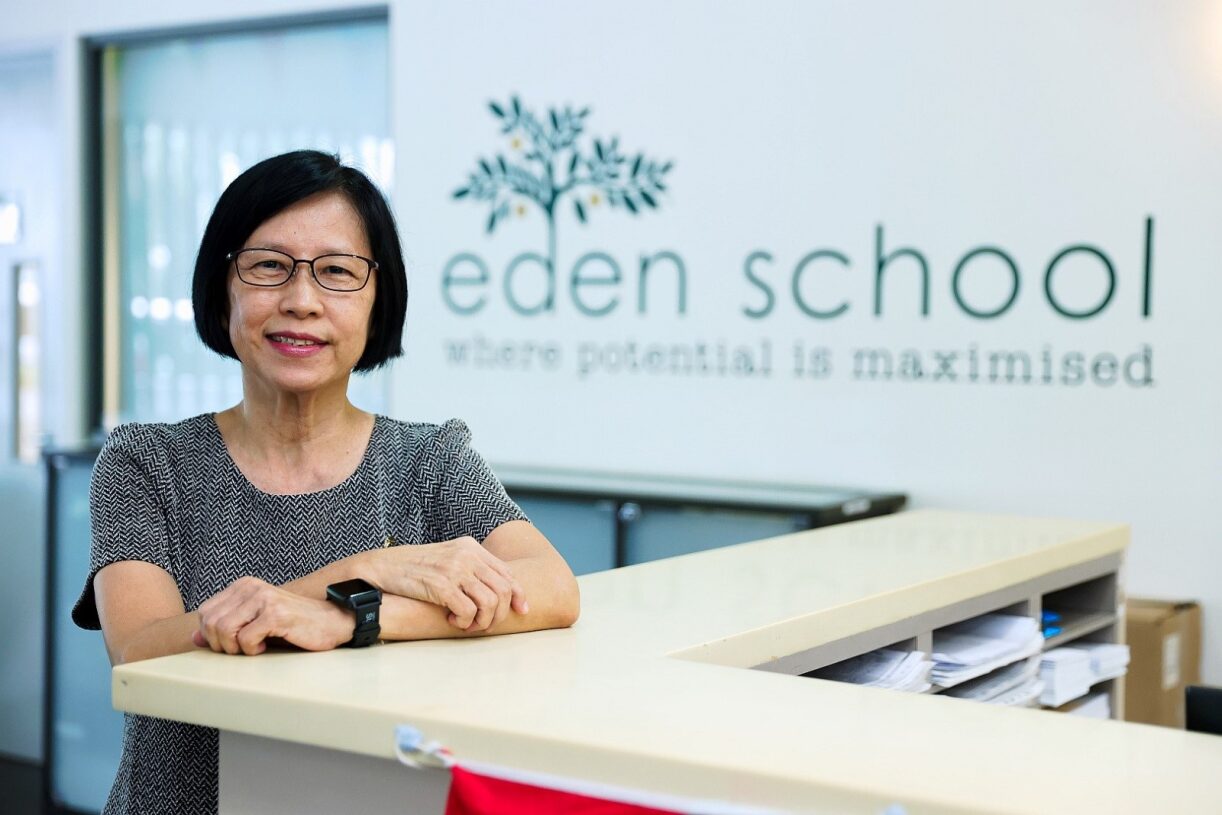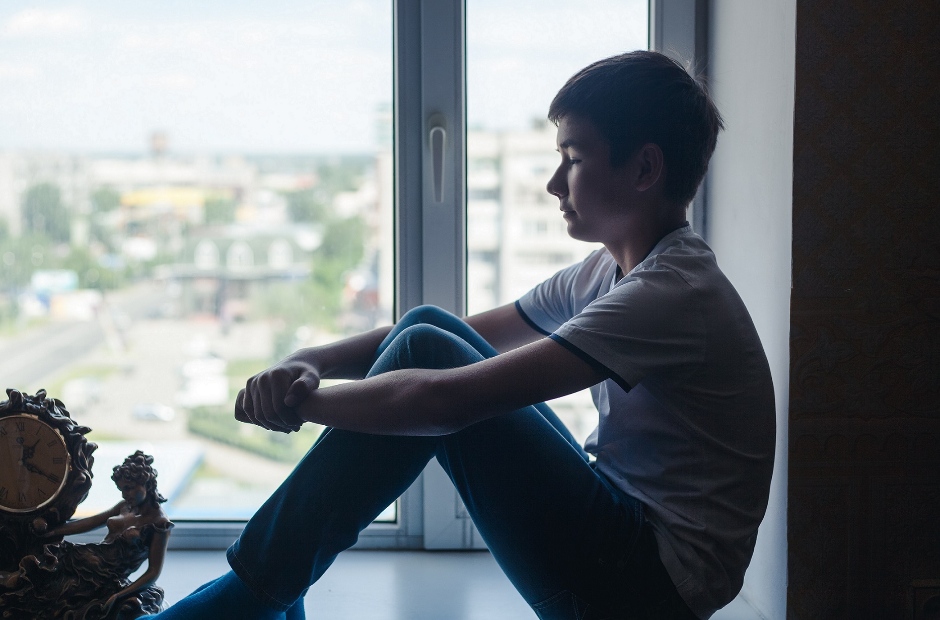Years down the road, when we ask our children what they remembered most from school in the year 2020, words like “Home-Based Learning (HBL)”, “masks”, and “COVID-19” may pepper their responses.
But behind such common responses, the experiences that each child goes through, particularly during this unprecedented period of uncertainty and challenges, can be very different.
Take, for example, Sarah and Tim.
Sarah is a Primary 5 student who had to share a laptop with her two siblings for HBL during the circuit breaker period. Stressed about catching up with school work, as well as being affected by her father’s anxiety of losing his job, she talked to her form teacher daily about her problems during the first week of coming back to school in Term 3.
Tim, a Secondary 3 student, attended his Zoom lessons during the HBL period while regularly going online for social media and entertainment. Learning from home afforded him the chance to sleep later and wake up later. When Term 3 started, he had some initial challenges in adjusting his sleep patterns back to the school routine, but he was still able to attend school regularly.
While both Sarah and Tim were facing different issues, clearly, Tim was managing much better than Sarah… or was that really the case?
Looking Below the Surface
Tim’s friends were the first to notice something amiss on his social media posts. Comments like “bored” and “tired” began to give way to sentiments of disillusionment like “what’s the point” and “stuck”, coupled with emotive swear words.
It took some probing from his friends to finally get him to talk. They checked in with him regularly through prompts and text messages like “Yea, feeling the stress too. How are you keeping up?”, “Hey bro, you ok? Hit me up to talk about it ok?”, “Did something happen? Anything that I can help with?” While it was not immediate, Tim’s friends eventually got him to talk about his suppressed anxiety over his coming year-end exam, as well as the disruptions from the pandemic on his preparation for the ‘O’ Levels the following year.
It is not unusual for children not to confide in their parents. Sometimes, they do not want to worry their loved ones, or they just find it easier to speak to their peers or someone they do not live with. For Sarah, her willingness to share her thoughts and feelings with a trusted adult – a teacher – was half the battle won.
But for many others like Tim, who are less forthcoming with seeking help, we can do more to catch any signs of distress early.
We should know that the behaviours that we notice with just our eyes can form an incomplete, and sometimes even inaccurate, picture of what is really going on. Children may appear to be chatting with their friends online, but they may, in fact, be feeling lonely and isolated. They may appear to be a part of family activities, but they may, actually, feel invisible or unheard.
What we assume from observations may not always reflect what children are really experiencing. Open conversations are ultimately still what it takes to uncover their perceptions, thoughts and feelings.
Feeling What It’s Like in Their Skin
Sarah and Tim are not actual students, but composite characters drawn from observations and feedback gathered from numerous students. Their experiences represent what many children have gone through. And they all point to the need for empathy if we want to better connect with and understand our children.
Just as Tim’s friends took the time, effort and initiative to reach out to him, the consistent step of initiating regular conversations with our children can pay off in the long run. Try some conversation starters as well as ways to listen and respond in a supportive manner.
As we intentionally carve out time and commit to being emotionally present, the constant message that children receive is that you care about their well-being and their aspirations.
Research Professor at the University of Houston, Brené Brown, who studies courage, vulnerability, shame and empathy, explains that empathy is the fuel for connection between people. Empathy creates the safe space that allows people to feel that they are not alone, they are being listened to, and that it is okay to share their struggles without being judged or given immediate advice to act upon.
The following tips can help strengthen your empathy muscles as you listen and respond to your children:
- Take in perspectives, even if your children’s views are vastly different from yours
- Remain non-judgmental without imposing your own views
- Recognise emotions underlying what is being shared
- Communicate that you recognise their emotions and verbally validate them
Perhaps as we ride out the waves of the pandemic before us, beyond “HBL”, “masks” and “COVID-19”, children may also recount how the pandemic drew their families closer together through taking time to share, listen and understand one another.






